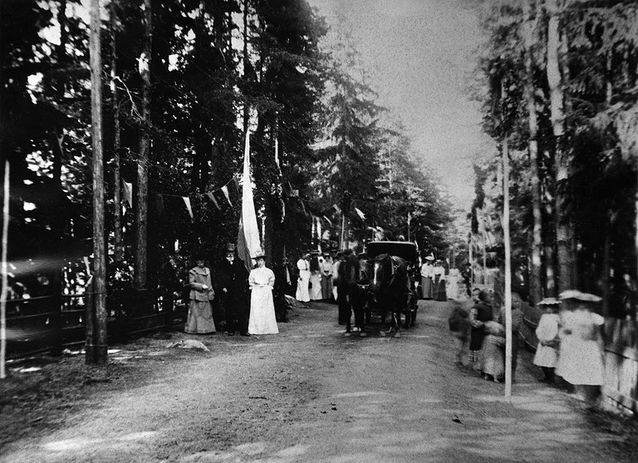Leo Mechelin
Leopold Henrik Stanislaus Mechelin
Born November 24, 1839, Hamina. Died January 26, 1914, Helsinki
Master of Arts (aesthetics, literature) 1860, Imperial Alexander University
Iuris Utruique Candidatus, 1864 licentiate, PhD 1873, Imperial Alexander University
Professor of Public Administration and Constitutional Law 1874–82, Acting professor of Financial Law and National Economics 1877-82, Imperial Alexander University
Deputy head of the State Treasury Committee 1882-88
Head of the Trade and Industry Committee 1888-90
Vice-chairman of the Senate Finance Department 1905-08
Member of Parliament for the Swedish People’s Party (constituency of Uusimaa) 1910-13
Chairman of the Constitutional Law Committee 1910, 1931
Member of Helsinki City Council 1875-78, 1891-99; Chairman 1875, 1876, 1878, 1892-99
Executive Committee of the bank Suomen Yhydyspankki 1867-72; Board of Governors, deputy member 1874-78; Chairman 1898-1903
Board of Nokia Ab, 1871-82, 1913-14; Chairman 1898-1903
Finnish Association of Applied Arts, Chairman 1882-83
Ekonomiska samfundet, Chairman 1894
Finnish Economics Society, Chairman 1896-99
Finnish Art Society, Chairman 1896-1903
Photo: Helsinki City Museum, Riis Charles & co. CC BY-ND 4.0
Written by Tero Juutilainen
Translated by Matthew Billington

